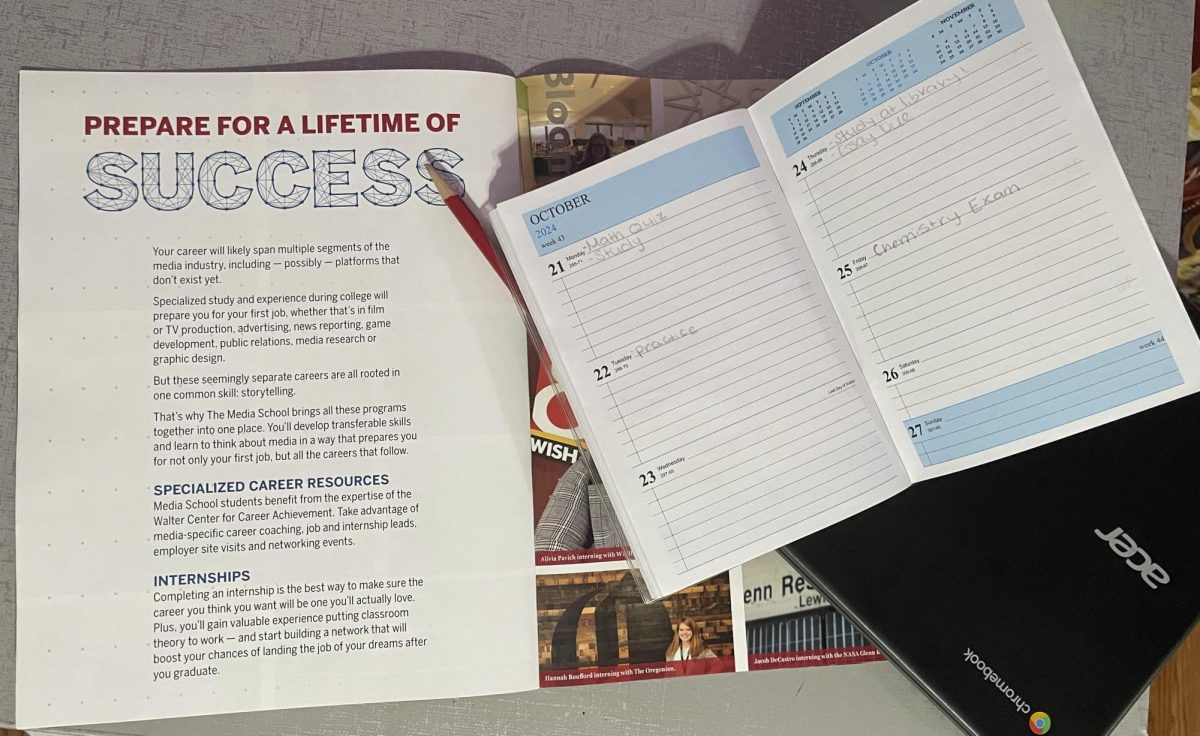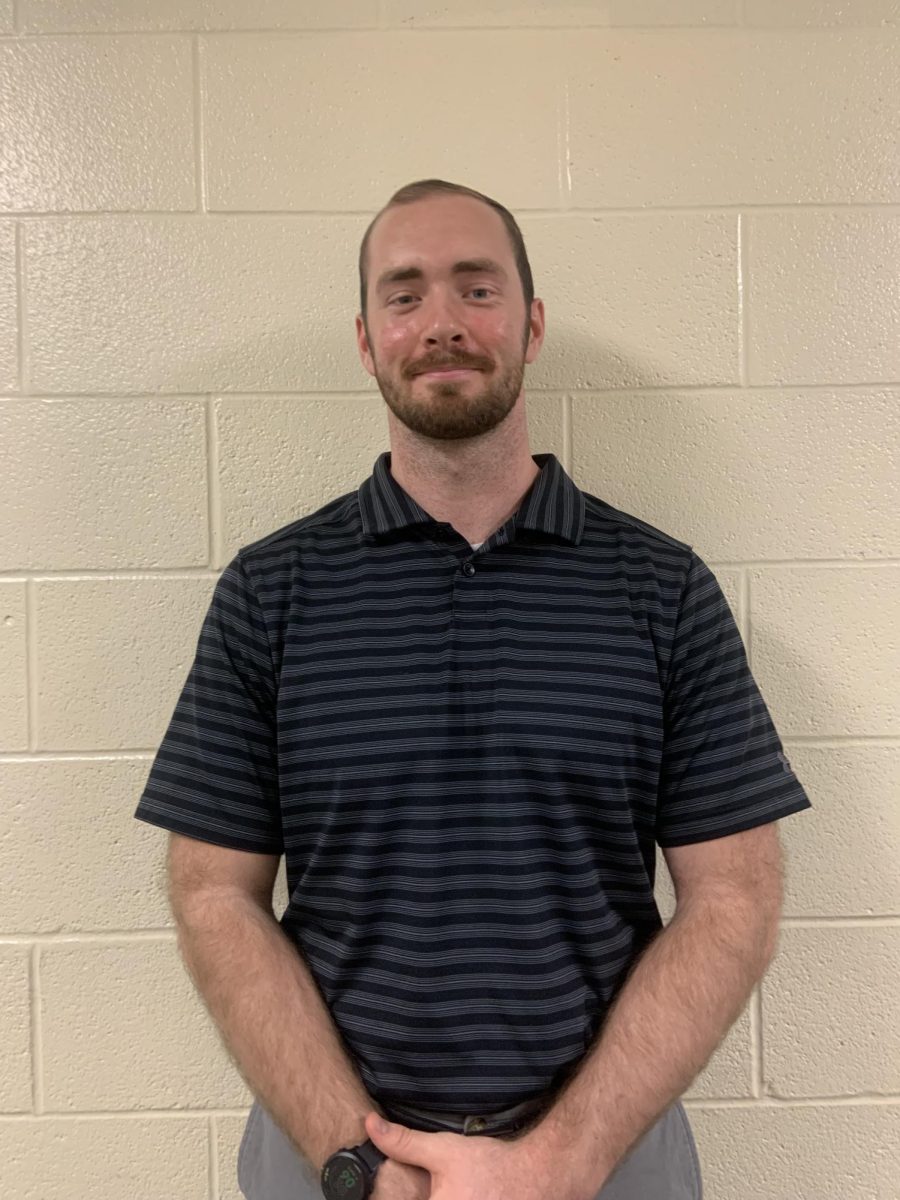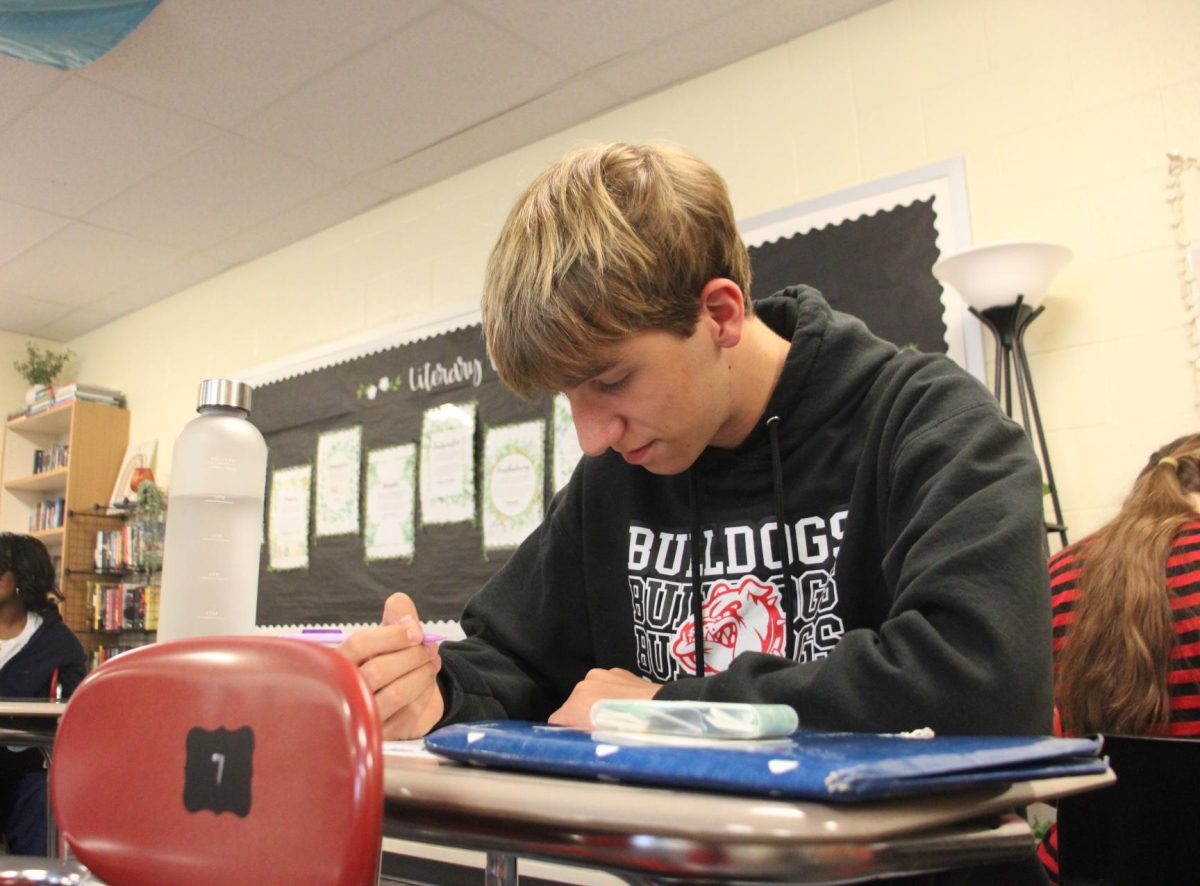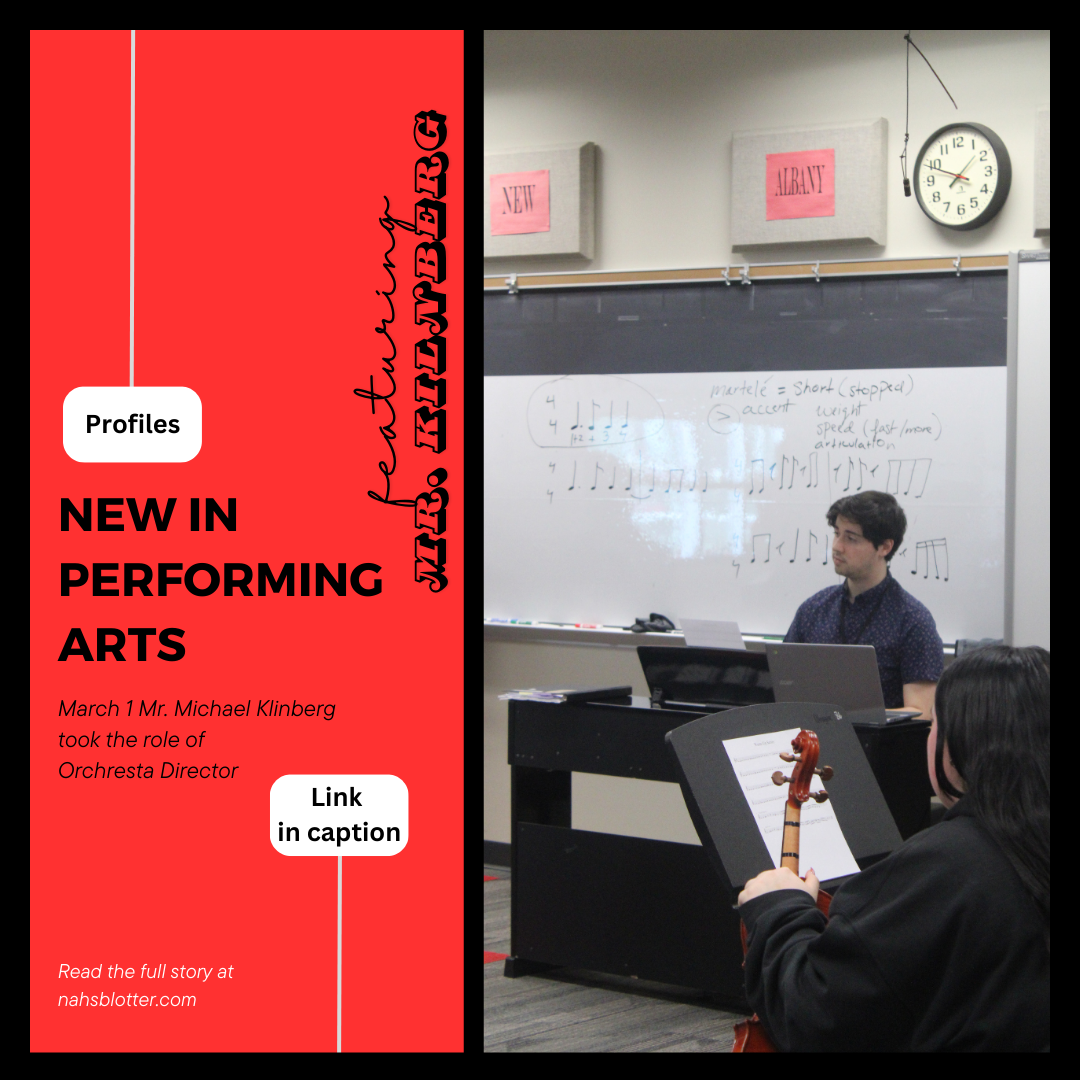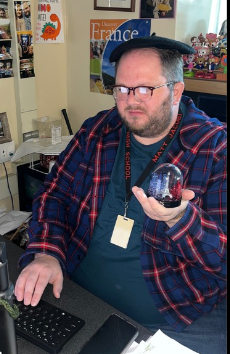Ruby Bridges
First African-American child to attend an all-white elementary school. 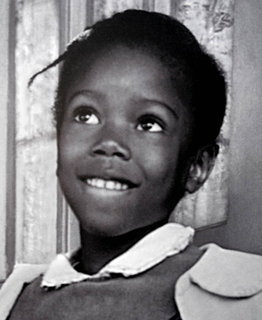
Ruby Bridges was born the same year that the Supreme Court’s Brown v. Board of Education ordered schools to be segregated.
Bridges was six years old when she was chosen to take a test to determine if she could attend an all-white elementary school. The test was made difficult so that African Americans didn’t have a high chance of passing it, although Bridges proved differently and passed it.
On November 14, 1960, federal marshals drove Bridges and her mother to her new school. When they arrived to school a large crowd was gathered by the entrance. White students threw random objects at her while the federal marshals escorted her to the doors.
On Bridges’ second day she was introduced to Mrs. Henry’s classroom; Ruby was the only child in the classroom, because white parents refused to let their kids be in the same room as Bridges.
Mrs. Henry helped Bridges every single day with lessons and the difficult experiences she was going through at the time.
Attending an all-white school was not easy for Ruby. A woman had threatened to poison Bridges. She was also “greeted” by a white women with a black doll in a wooden coffin in her hands.
Bridges was not the only one in the family affected by he attendance at the school. Her father lost his job, and her grandparents were sent off the land they had sharecropped for over 25 years.
Throughout time many people black and white began to show support. A neighbor offered Ruby’s dad a job, while others volunteered to watch Ruby’s four kids, and watch their house as protectors. Many parents gradually started sending their kids back to school.
Sophomore Mariah Waldron sees Ruby as a very strong individual.
“I don’t think anyone would of had the courage like she had,” Waldron said.
Federal Marshal Charles Burks, one of her escorts, said that Ruby had a lot of courage. He stated that Ruby never cried nor whimpered; she marched along like a little soldier.
Sophomore Nolan Keeler thinks she did well by attending an all-white school despite the hardships that came with it.
“She played a big part on bringing white and black children together at school, and if it wasn’t for her we may still be separated by color,” Keeler said.
Bob Moses
A member of the Student Nonviolent Coordinating Committee.
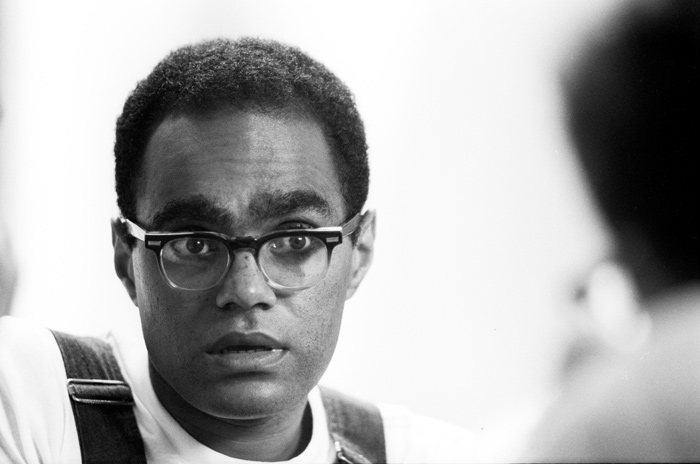
Bob Moses spent four years bringing white and black volunteers into the South to help African Americans demand their voting rights. Moses began working with civil rights activists in 1960 by becoming the secretary of the SNCC. He traveled to Pike and Amite Counties.
Although Moses’ leadership was much different from Martin Luther King Jr., MLK appreciated the contributions Moses made to the movement. MLK called Moses contributions “inspiring”.
On July 21, 1964 as many of the new volunteers were getting settled and trained for the nonviolent resistance, three of them appeared missing. As the FBI started to investigate they discovered their bodies six weeks later burned to the ground.
That wasn’t the first murder of activist in Mississippi or the South, though that didn’t stop people from volunteering in Moses’ nonviolent movement.
Sophomore Darius Price respects everything Moses did.
“Even though it was difficult to lower the tension between the African Americans and the whites involved with the movement, he never gave up on giving African Americans the right to vote,” Price said.
It wasn’t an easy task to make it a nonviolent mission; the volunteers included African Americans and white people so the tension was high.
After many years Moses resigned from the SNCC. He moved to Canada in 1967 and completed his PhD at Harvard. He was later awarded a MacArthur Foundation “Genius” award. Moses used his award to promote the Algebra Project, a national program to improve the math literacy skills of children in poor communities.
Sophomore Keiya Gordon is thankful for what Moses did.
“If it wasn’t for him and the volunteers who helped him, my family wouldn’t be able to vote or have a say in what they think just like everyone else does,” Gordon said.






